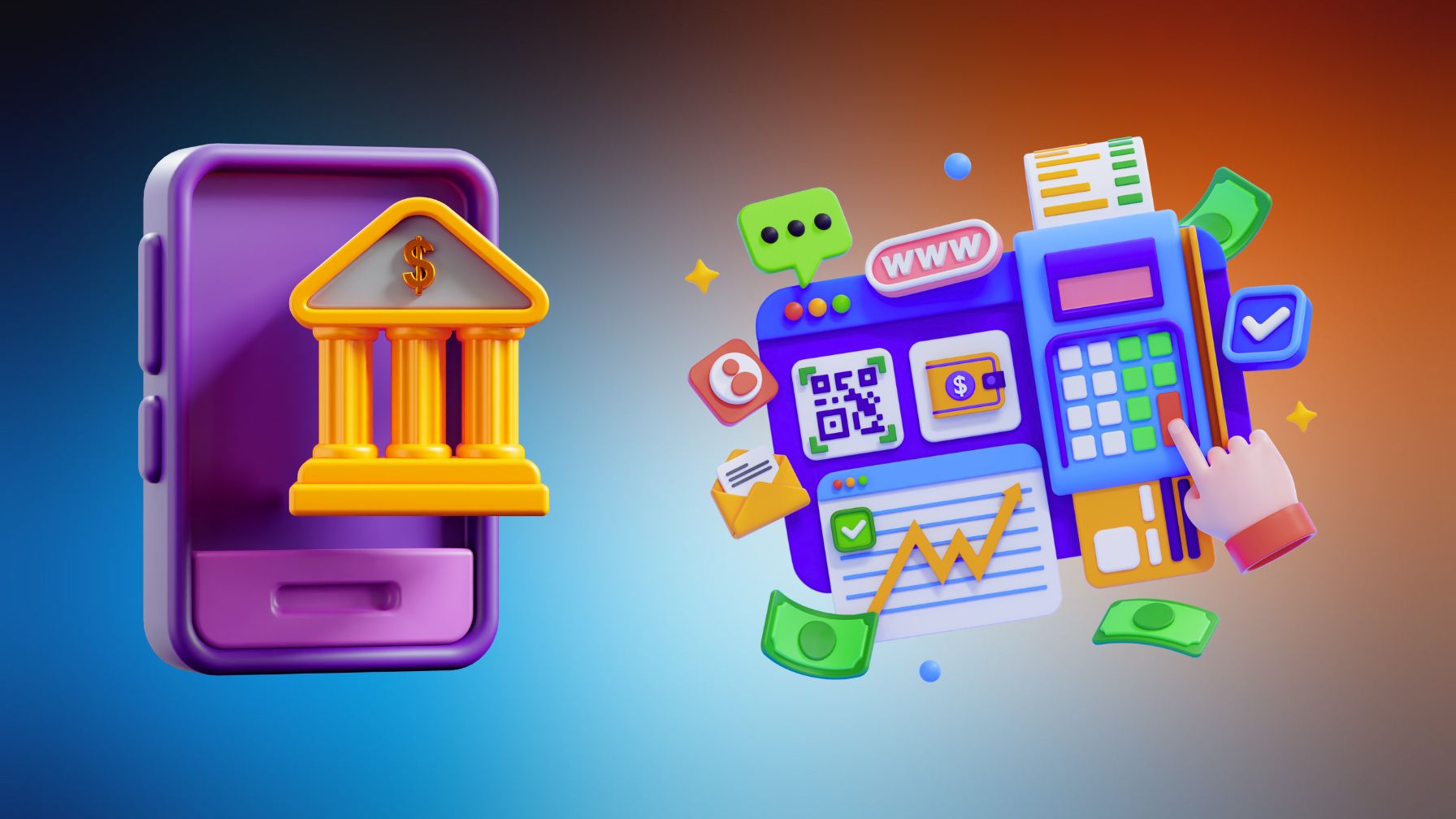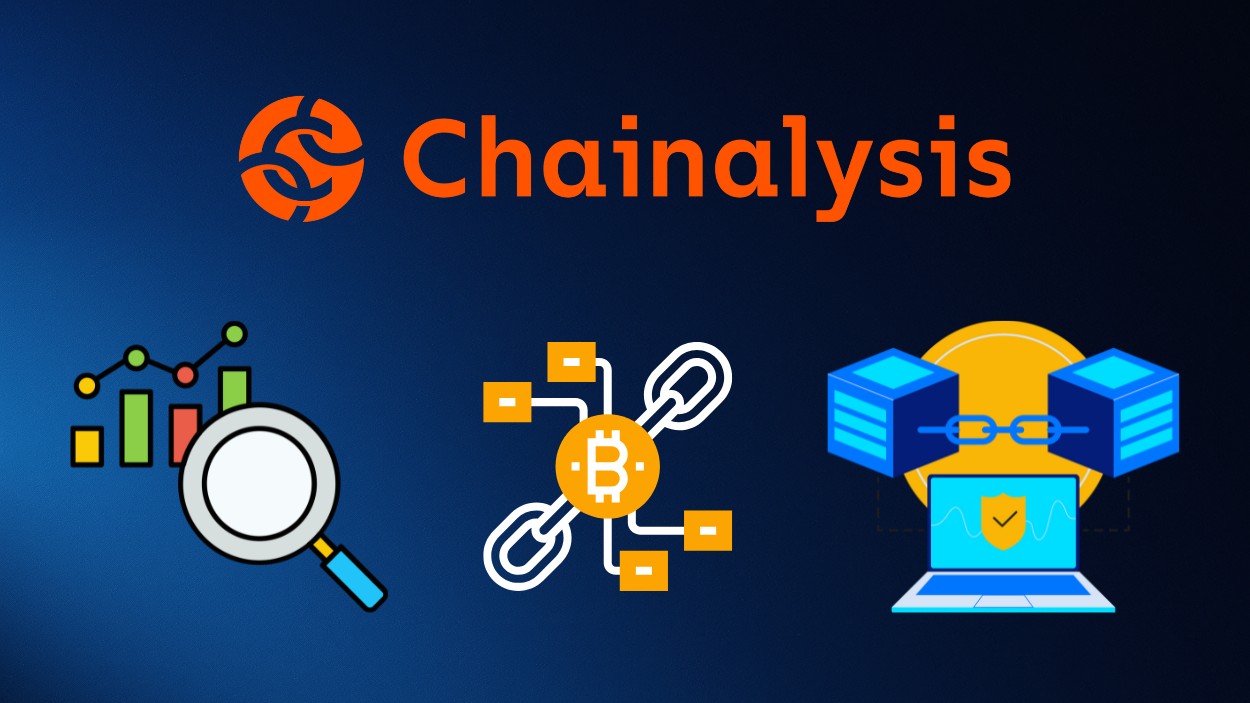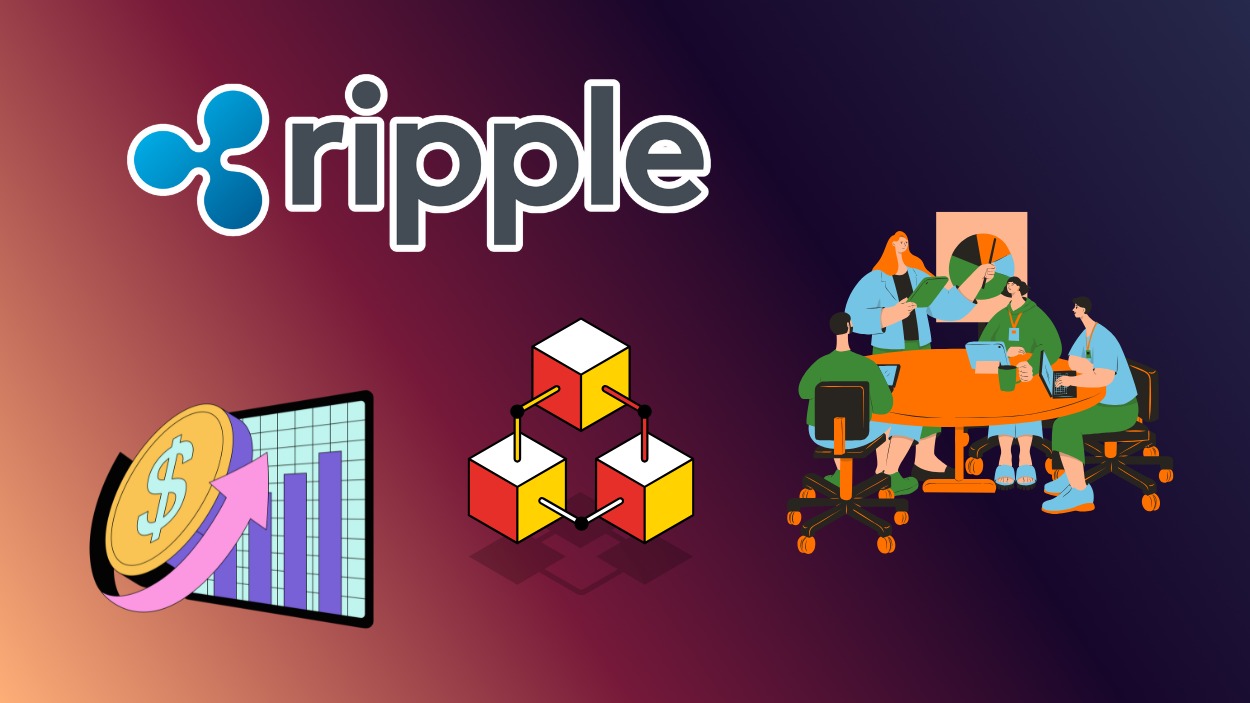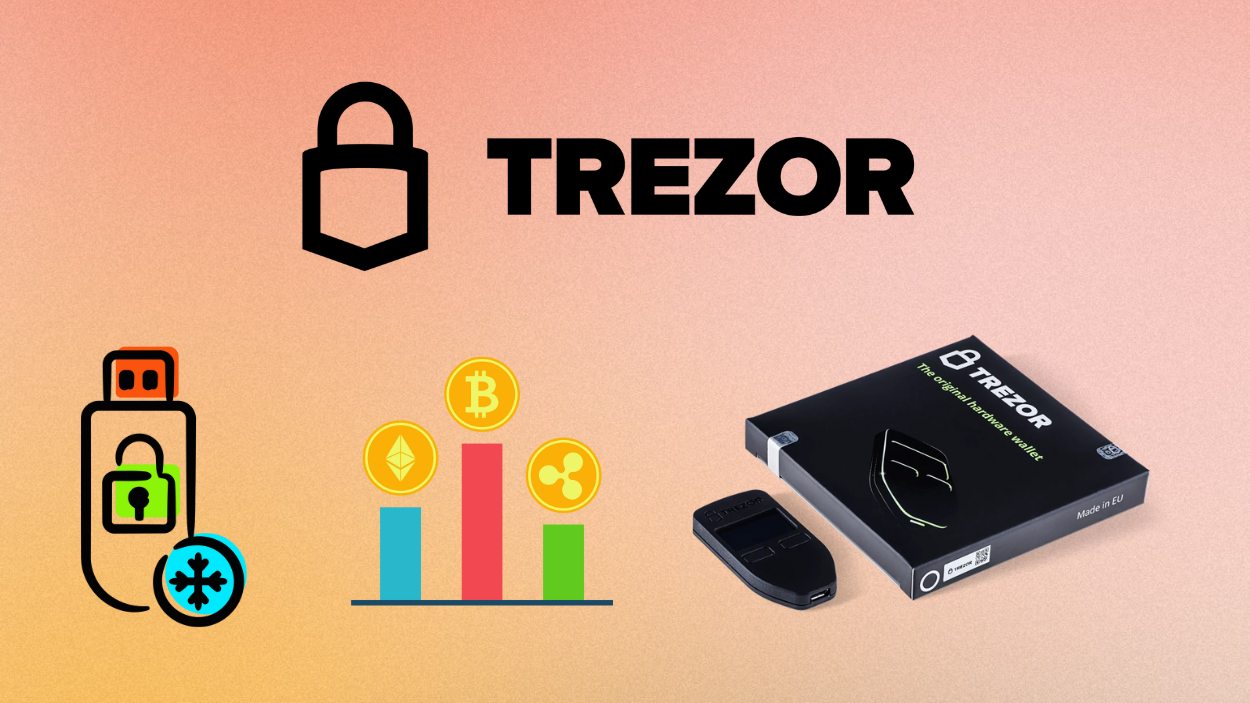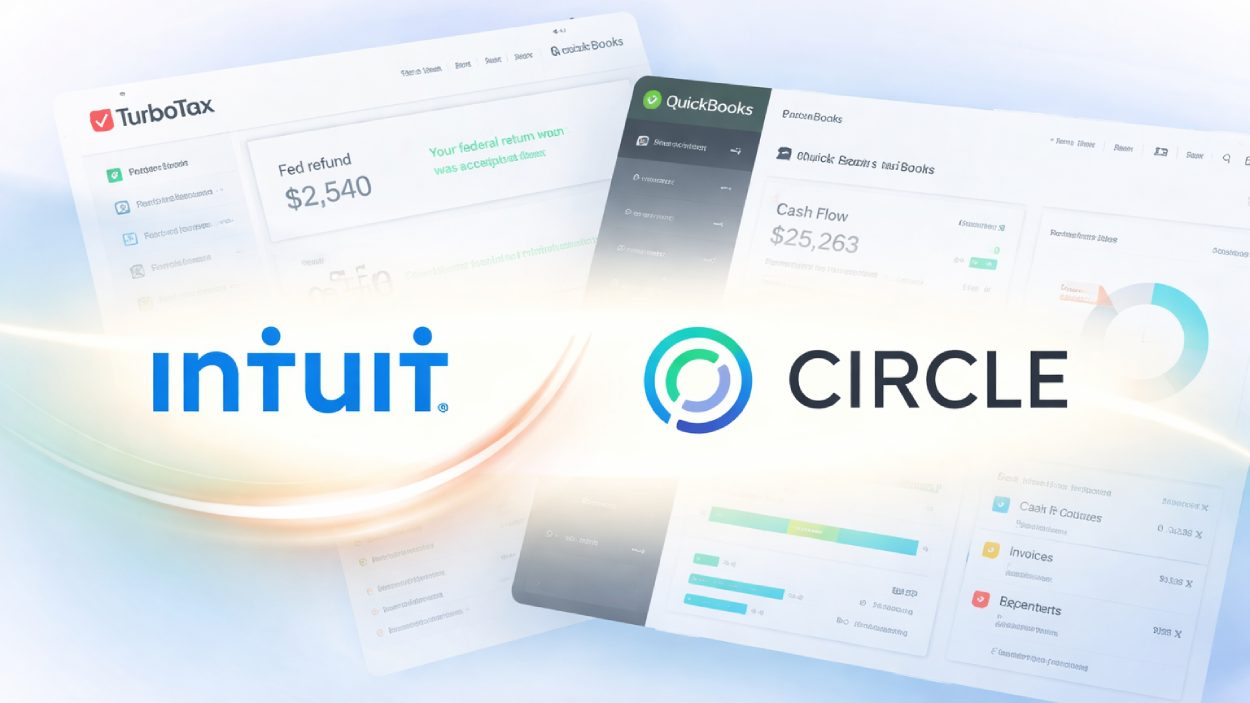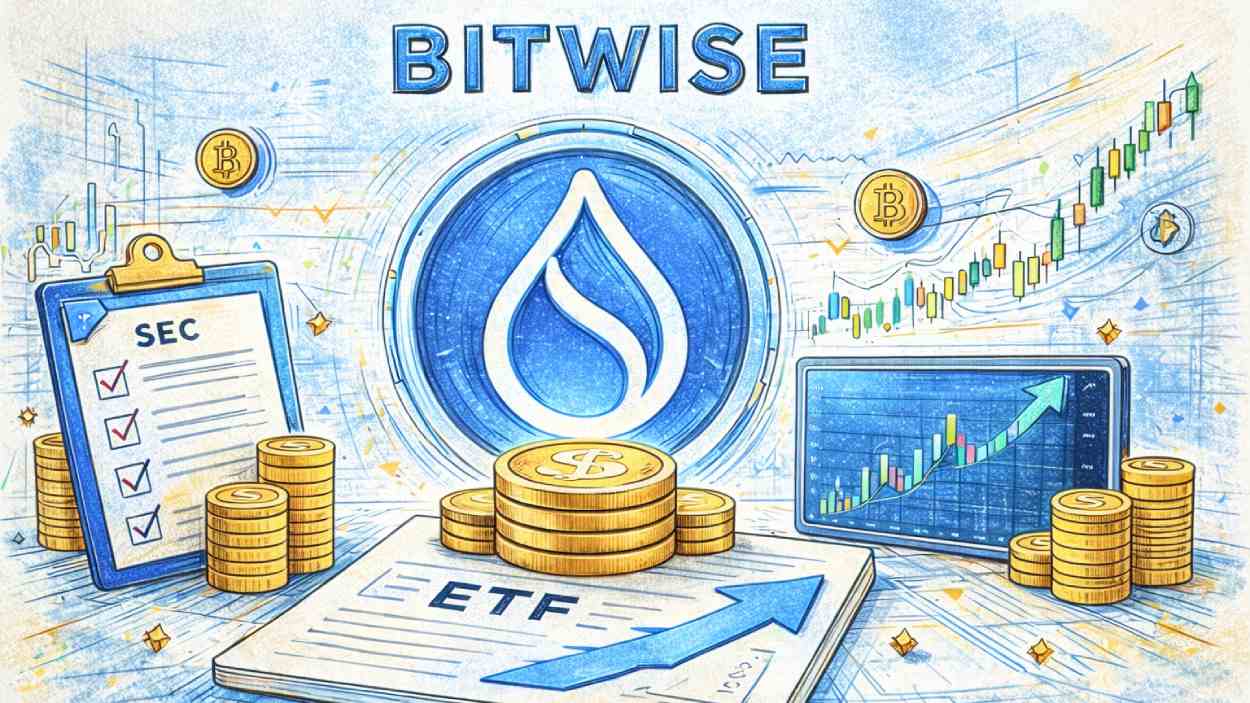Imagine walking into a bank where there are no physical branches, no paper forms to fill out, and no waiting lines. Instead, all the services you need are available at your fingertips. That’s the reality we are rapidly moving toward as digital transformation reshapes the banking industry. As we approach 2025, traditional banking models are evolving, driven by technology innovations and the growing demands of digital-first customers. This shift has sparked a wave of innovations, leading to the creation of more accessible, efficient, and customer-centric services.
In this part of the article, we will explore the major trends shaping digital banking in 2025 the rapid growth of digital platforms, mobile banking, and the significant role of Artificial Intelligence (AI) and Machine Learning (ML) in revolutionizing customer experiences.
Editor’s Choice: Key Trends in Digital Banking
- 77% of U.S. adults now manage their bank accounts via mobile apps or computers, reflecting a continued shift toward digital banking.
- The global digital banking platform market is projected to reach $12.94 billion in 2025, growing at a CAGR of 13.23% from 2024 to 2032.
- AI-powered chatbots are increasingly enhancing customer experience and improving employee engagement efficiency in the banking industry.
- By 2025, 75% of banks with over $100 billion in assets will have fully integrated AI strategies into their operations.
- The global blockchain market in banking and financial services is projected to reach approximately $17.58 billion by 2026, indicating significant adoption in the sector.
- The number of neobank users worldwide is projected to reach 400 million by 2025, showcasing rapid growth in digital-only banking solutions.
- Advancements in financial technology have helped about 1.2 billion previously unbanked adults gain access to financial services over the last decade.
Growth of Digital Banking Platforms
- The global digital banking platform market is projected to reach $12.94 billion by 2025, growing at a CAGR of 13.23% from 2024 to 2032.
- 80% of millennials prefer digital banking in 2025, with 48% indicating they would switch banks if the digital experience isn’t seamless.
- In the U.S., 80% of all bank transactions will be conducted through digital platforms in 2025.
- Digital-only banks are projected to serve 50 million U.S. customers by the end of 2025, marking a significant increase from 35 million in 2022.
- The adoption of open banking platforms continues to rise, with 94 million U.S. consumer accounts sharing banking data via APIs as of early 2025.
- The customer acquisition cost for digital banks is 60% lower than that of traditional banks, thanks to streamlined online processes and better-targeted marketing.
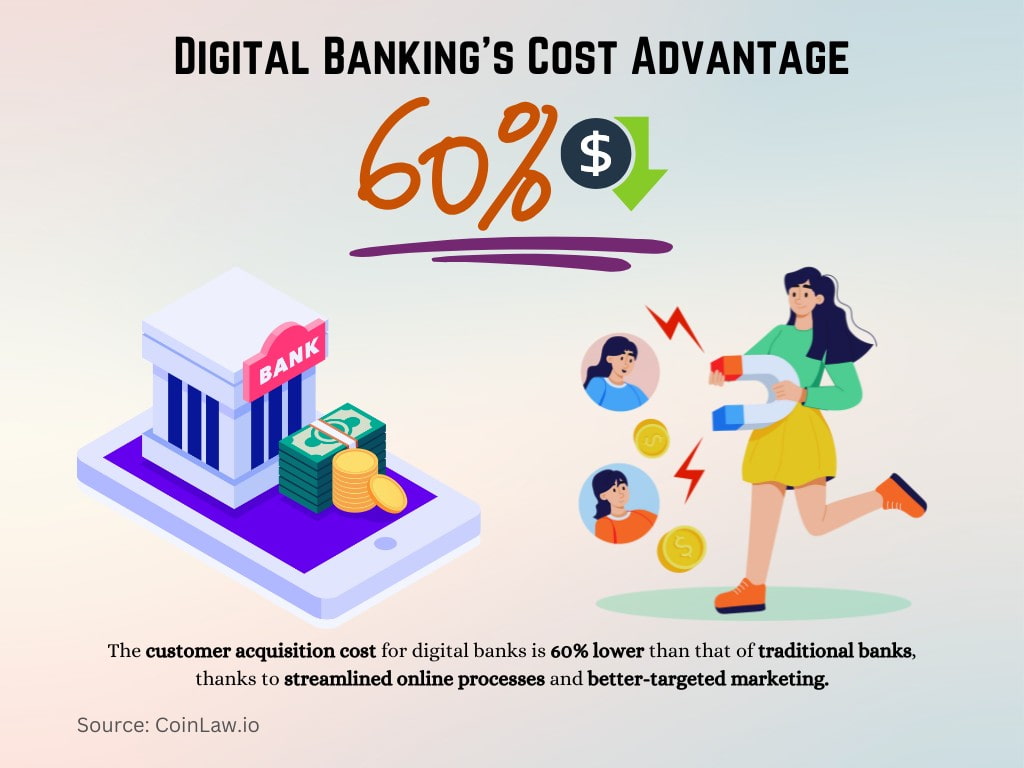
- Cloud-based banking platforms are gaining traction, with 68% of global banks planning to increase investments in cloud infrastructure over the next year.
Increase in Mobile Banking Users
- 3.8 billion people worldwide are projected to use mobile banking by the end of 2025, reflecting a 10% annual growth from previous years.
- 86% of Gen Z users in the U.S. utilize mobile banking apps monthly, emphasizing their preference for digital financial services.
- The average user saves approximately 1.8 hours per month by using mobile banking apps instead of visiting physical branches, totaling over 21 hours annually.
- By 2025, 60% of global transactions are expected to be conducted via mobile devices, highlighting the shift towards digital payments.
- In the U.S., digital-only bank account holders are projected to exceed 53 million by 2025, marking a significant increase from previous years.
- Digital wallet payments are expected to reach $11.55 trillion globally by 2025, driven by the increasing adoption of mobile payment solutions.
- The use of biometric authentication in mobile banking is anticipated to increase by 520% by 2025, enhancing security and user trust.
Role of Artificial Intelligence and Machine Learning
Artificial Intelligence (AI) and Machine Learning (ML) are no longer just buzzwords in the financial sector, they are driving real transformation. Banks are leveraging these technologies to improve customer experience, optimize back-office operations, and bolster security measures.
- The AI in the banking market is projected to reach $34.58 billion in 2025, growing at a CAGR of 30.63% from 2025 to 2034.
- 90% of financial institutions now utilize AI-powered tools for fraud detection, customer service, and operational efficiency.
- Implementation of machine learning models has led to a 30% reduction in default rates for banks employing predictive algorithms.
- AI-driven fraud detection systems have saved banks an estimated $217 billion globally in 2025, with expectations for continued growth.
- AI chatbots reduced the need for human intervention in 80% of routine queries, freeing up bank personnel for more complex tasks.

Bank’s Digital Spending Trends
- Global banks are projected to spend $1.5 trillion on digital transformation in 2025, reflecting a 15% year-over-year increase.
- The average U.S. bank now allocates 35% of its total budget to digital initiatives.
- 82% of financial institutions plan to migrate at least half of their core systems to the cloud by 2025, aiming for enhanced efficiency and scalability.
- Cybersecurity spending by banks worldwide is expected to reach $212 billion in 2025, marking a 15% increase from the previous year.
- Investment in AI solutions by banks has grown by 25% annually, with $180 billion projected to be allocated to AI projects in 2025.
- 90% of banks plan to launch upgraded or entirely new mobile banking apps by the end of 2025, focusing on user experience and functionality.
- Blockchain technology investments in the banking sector are projected to hit $10 billion in 2025, as institutions explore its potential for secure and efficient transactions.
Digital Transformation Strategy Adoption Among Credit Institutions
- 40.6% of credit institutions have approved a digital transformation strategy.
- 31.9% have already implemented their digital transformation strategies.
- 20.3% are currently planning to develop a digital strategy.
- Only 7.2% have not yet considered building a digital strategy.

Cybersecurity Challenges and Solutions
- 74% of global financial institutions reported being targeted by cyberattacks in 2025, highlighting the escalating threat landscape.
- Ransomware attacks cost the financial industry an estimated $57 billion globally in 2025, reflecting a significant increase in both frequency and impact.
- Biometric security measures, such as fingerprint and facial recognition, have been adopted by 60% of banks worldwide in 2025, enhancing authentication processes.
- 30% of banks are investing in quantum-resistant encryption technologies in 2025, preparing for the potential threats posed by advancements in quantum computing.
- Cybersecurity spending by banks is projected to reach $212 billion globally in 2025, as institutions prioritize safeguarding customer data and preventing financial fraud.
- Zero-trust architecture has been implemented by 65% of U.S. banks in 2025, reducing the risk of internal threats and ensuring tighter access controls.
- AI-driven cybersecurity solutions are utilized by 50% of banks in 2025, enabling predictive threat detection and mitigation strategies.
Key Drivers Behind Digital Transformation in Banking
- 71% of banks pursue digital transformation to lower customer acquisition costs.
- 68% aim to improve the customer banking experience.
- 68% also focus on achieving top-line growth.
- 56% seek to increase operational efficiency.
- 41% are driven by the goal to reach more banked customers.

Traditional Banking vs. Digital Banking: A Comparative Analysis
- 54% of global bank customers have switched to digital-only banks in 2025, indicating a continued shift towards digital banking platforms.
- Digital banks offer 25% lower fees compared to traditional banks in 2025, attributed to streamlined operations and the absence of physical branches.
- Customer satisfaction rates for digital banks are 81% in 2025, surpassing traditional banks, with Chase UK leading in customer recommendations.
- The number of physical bank branches in the U.S. declined by 4.11% in 2025, reflecting the ongoing trend of branch closures among major banks.
- 82% of millennials prefer digital banks in 2025, citing 24/7 accessibility and mobile-first services as primary reasons for their preference.
- Traditional banks hold $170 trillion in global assets in 2025, while digital-only banks have grown to manage $2.5 trillion, showcasing significant growth in digital banking assets.
- Digital banks process customer requests 70% faster than traditional banks in 2025, leveraging automated processes and AI technologies for enhanced efficiency.
Digital Banking Usage and Key Statistics
- 3.6 billion people worldwide are using digital banking services in 2025, maintaining the growth trend from 2024.
- In the U.S., 76% of adults use mobile banking apps, and 73% actively use online banking services, reflecting the continued preference for digital channels.
- Digital banking revenue is projected to reach $1.61 trillion in 2025, indicating significant growth in the sector.
- The global neobanking market is expected to reach $262.36 billion by the end of 2025, fueled by increased customer demand for fully digital services.
- Over 90% of all banking interactions are conducted digitally in 2025, highlighting the shift towards digital platforms.
- Customer satisfaction rates for digital banks are 81% in 2025, surpassing traditional banks, with Chase UK leading in customer recommendations.
- Voice-activated banking is gaining traction in 2025, with increasing adoption of virtual assistants like Alexa and Google Assistant for banking tasks
Top Challenges to the Employee Digital Experience (DEX)
- 37% cite security and regulatory policies as a major barrier.
- 37% report being overwhelmed by the number of IT issues needing resolution.
- 35% face a lack of training for IT personnel.
- 34% struggle with the shift to hybrid or remote work environments.
- 32% are challenged by an increasing number of endpoints to manage.
- 31% say their current technology is not appropriate for supporting DEX.
- 27% lack knowledge about DEX within the organization.
- 25% indicate a lack of budget to support DEX efforts.
- 19% note a lack of leadership buy-in on the importance of DEX.
- Only 2% say they are facing no challenges at all.

Financial Inclusion Through Digital Transformation
- 1.4 billion people globally remain unbanked, with digital banking initiatives having brought over 500 million people into the financial system since 2020.
- Mobile money agents cashed in $356 billion, with most growth from Sub-Saharan Africa (77%).
- Digital lending platforms are used by 18% of MSMEs in India, indicating potential for further growth in digital credit adoption.
- The microfinance market is projected to reach $368.02 billion by 2029, growing at a CAGR of 11.2%, driven by digital platforms enabling access to essential loans.
- 65% of financial inclusion initiatives in developing markets now rely on mobile platforms to reach rural and isolated populations.
- India is exploring the Digital Rupee to enhance financial inclusion, while Nigeria has launched the eNaira, one of the first African Central Bank Digital Currencies (CBDCs).
- Digital remittances are projected to reach $51.57 billion by 2025, facilitating cross-border payments and helping families in low-income countries.
Recent Developments
- Open banking adoption in Europe continues to accelerate, with the market projected to grow at a 25.3% CAGR, reaching $44.9 billion by 2030.
- Digital identity verification has become mandatory in 30% of countries by 2025, enhancing security in digital banking.
- Central Bank Digital Currencies (CBDCs) are gaining momentum, with 134 countries representing 98% of global GDP exploring or piloting CBDCs.
- 5G technology is revolutionizing banking services by enabling real-time data processing, enhancing mobile banking experiences, and supporting advanced technologies like AI and IoT.
- Green banking initiatives are on the rise, with 83% of banks incorporating sustainability metrics into executive compensation plans to promote environmental responsibility.
- Augmented Reality (AR) banking is gaining traction, with the AR services market projected to grow to $274.54 billion in 2025, a 43.6% increase, indicating early adoption by global banks.
Conclusion
The digital transformation in banking shows no signs of slowing down. The shift from traditional to digital banking is not just a trend but a fundamental reshaping of how financial services are delivered and consumed. Artificial intelligence, cloud technology, and fintech partnerships are driving innovation, while mobile and digital banking platforms continue to expand, bringing more people into the financial system.
At the same time, banks must navigate significant challenges, particularly in the areas of cybersecurity, data privacy, and regulatory compliance. Those who can successfully integrate cutting-edge technologies while maintaining trust and security will be well-positioned to thrive in the rapidly evolving digital landscape.
Hover or focus to see the definition of the term.


